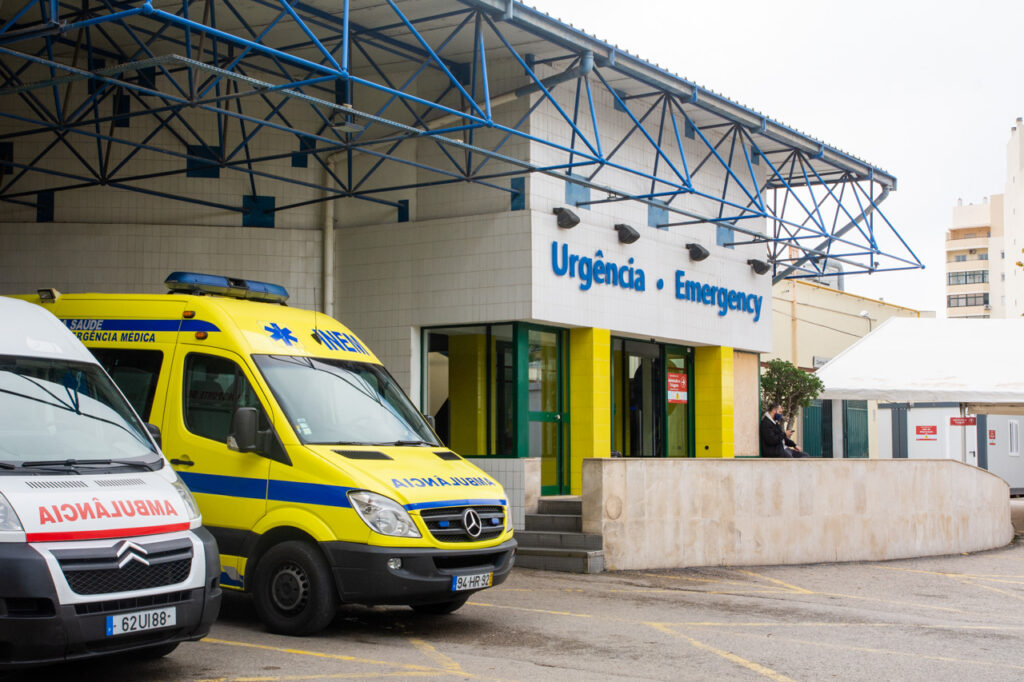The director-general of Health, Rita Sá Machado, today expressed concern about the consequences for public health of the conditioning of many emergency services in the country.
“We are always concerned, but what is fundamental is that some of the responses to face these constraints are listed”, stated Rita Sá Machado when asked whether the conditioning of many emergency services across the country could worsen the public health situation.
Rita Sá Machado, who took office on November 1st, was speaking on the sidelines of the presentation of the Contingency Plan for the Seasonal Health Response (Technical Reference Winter 2023) of the Directorate-General for Health, in Pombal, in the district of Leiria.
“I am concerned about what is our usual response to winter. That's why we, every year, draw up this Contingency Plan, which allows us, in some way, to prepare for winter and then also list some response measures”, she declared.
In this regard, he highlighted that “the Seasonal Health Reference encompasses not only the General Directorate of Health, but also other partners, including the Executive Directorate of the National Health Service, which has this responsibility within the scope of providing care. of health".
Regarding data released today from the Ricardo Jorge National Health Institute, according to which hospitals reported 13.706 cases of respiratory infection and 502 cases of flu since October 02, pointing to a growing trend of flu and respiratory syncytial virus infections, this official highlighted that These are data that DGS has “monitored over these months, also included in this Contingency Plan”.
“Right now, temperatures are dropping, as usual, as we were expecting them to happen and, therefore, what is normal for the time of year is also beginning to occur here, an increase in flu activity” , he stated.
Rita Sá Machado guaranteed that “public health measures are being implemented not only at a national level, but also regionally and locally”, in addition to “monitoring and surveillance of the virus continues”.
The plan has four main areas: surveillance and monitoring system, protection of people in vulnerable situations, accessibility, organization and provision of health care, and health literacy.



















Comments